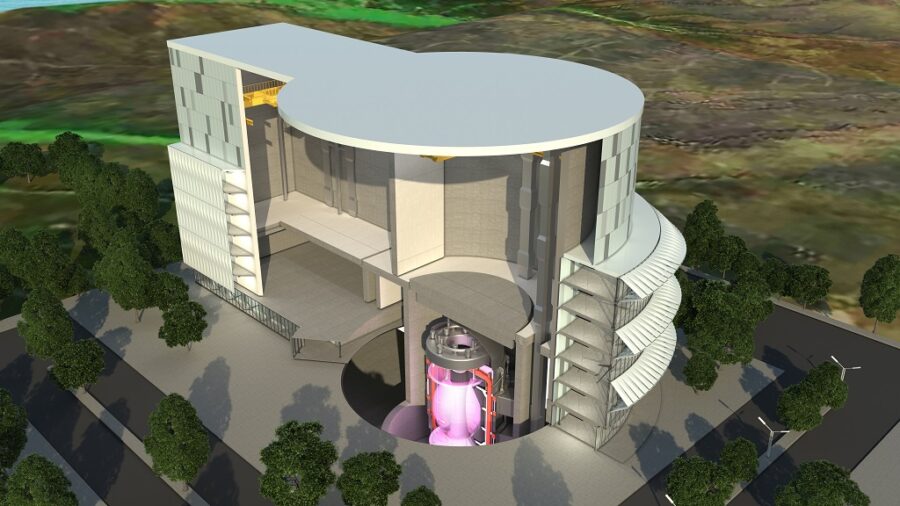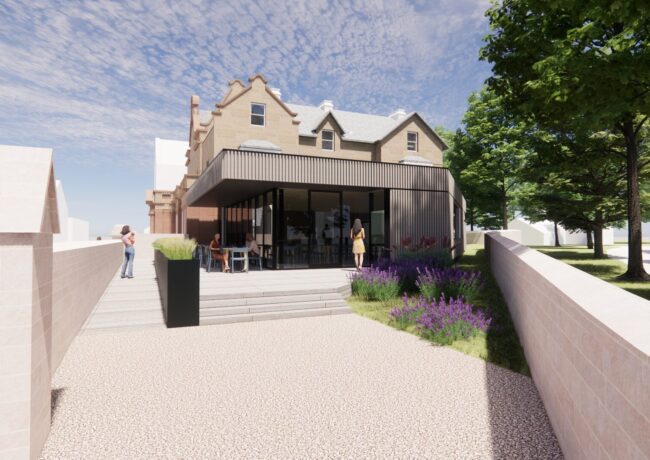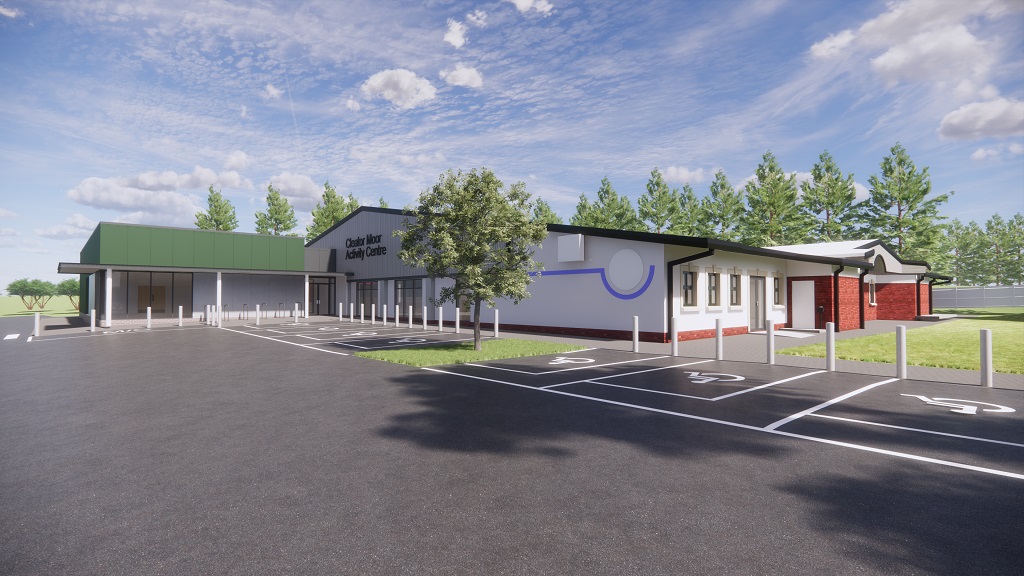Shortlist revealed for location of world’s first fusion energy plant
Moorside in Cumbria was the only North West site to make the shortlist for the groundbreaking £222m prototype facility, which has the potential to provide a virtually limitless supply of low-carbon energy.
The full shortlist of potential sites is:
- Ardeer in North Ayrshire
- Goole in East Riding of Yorkshire
- Moorside in Cumbria
- Ratcliffe-on-Soar in Nottinghamshire
- Severn Edge in South Gloucestershire and Gloucestershire
The five sites were chosen from a long list of 15. The ultimate decision as to the plant’s location will be made by the Secretary of State for Business, Energy and Industrial Strategy near the end of 2022.
The prototype energy plant is known as Spherical Tokamak for Energy Production. STEP aims to not only generate electricity but produce its own fuel. If successful, it will also serve as a model for how similar plants could be maintained in the future.
STEP creates energy by fusing atoms together to release energy. That process, which is also used to power the sun and stars, can create nearly 4m times more energy for every kilogram of fuel than can be achieved by burning oil, coal or gas.
“Fusion energy has the potential to be a truly revolutionary and inexhaustible energy source that can help us reduce our dependence on unreliable fossil fuels and tackle climate change,” said George Freeman, minister for science, research and innovation.
“By building the foundations to unlock the power of fusion energy, including the location of the UK’s first prototype fusion power plant, we are positioning the UK as a global leader in this safe and sustainable power source.”
The UK Atomic Energy Authority hopes to have the plant up and running its first operations in the early 2040s.
Paul Methven, STEP programme director at UKAEA said forming the shortlist of sites was a “significant step”.
“It helps bring this challenging, long-term endeavour to life in the here and now,” he said. “It also increases our focus as we push on with design and delivery of what we hope is the world’s first fusion power plant prototype.
“Through the next phase of assessment, we look forward to working with the shortlisted sites and local communities to gain a more in-depth understanding of the socio-economic, commercial and technical conditions associated with each site, before we make our final recommendations to the Secretary of State in 2022.”
The shortlisted Moorside site in Cumbria is 600 acres and sits adjacent to the Sellafield nuclear complex. It was put forward to be the STEP home by Cumbria Local Enterprise Partnership and Copeland Council.
Rebecca Weston, chair of CLEP’s Clean Energy Sector Panel, described Cumbria’s entry as “a very strong submission”.
“The siting competition has brought together a powerful group of partners that I believe can continue to work effectively for the people and businesses of Cumbria in the field of sustainable energy and we stand ready to further develop our proposal,” Weston continued.
Having STEP at Moorside fits in with CLEP’s goals, according CLEP chief executive Jo Lappin.
“CLEP is fully committed to delivering net zero and identified two priorities – clean energy generation and supporting our businesses here in Cumbria to decarbonise,” Lappin said.
“The STEP application was an important element in our plan to support clean energy generation,” she continued. “The next stage of the process is going to be hugely competitive but by working together with all of our partners I am confident that we can demonstrate why Moorside is an excellent location for STEP and I am very much looking forward to this.”
Cumbria County Council leader Cllr Stewart Young also expressed his excitement for Moorside’s possible role in STEP.
“If our bid clears the final hurdle, it will bring huge investment to Cumbria and put us on a world stage in demonstrating how we can generate clean energy from nuclear alongside a range of other sustainable technologies that have significant potential for the county’s economy,” he said.
The initial longlist for STEP had also included Bay Fusion in Heysham in Lancashire.
- Learn more about green energy and sustainability: Listen to the Place North West COP26 podcast series






This sounds almost too good to be true.
As a source of power, nuclear fusion is expected to have many advantages over fission. These include reduced radioactivity in operation and little high-level nuclear waste, ample fuel supplies, and increased safety. However, the necessary combination of temperature, pressure, and duration has proven to be difficult to produce in a practical and economical manner. Research into fusion reactors began in the 1940s, but to date, no design has produced more fusion power output than the electrical power input.
By Boffin Bert Gertrude